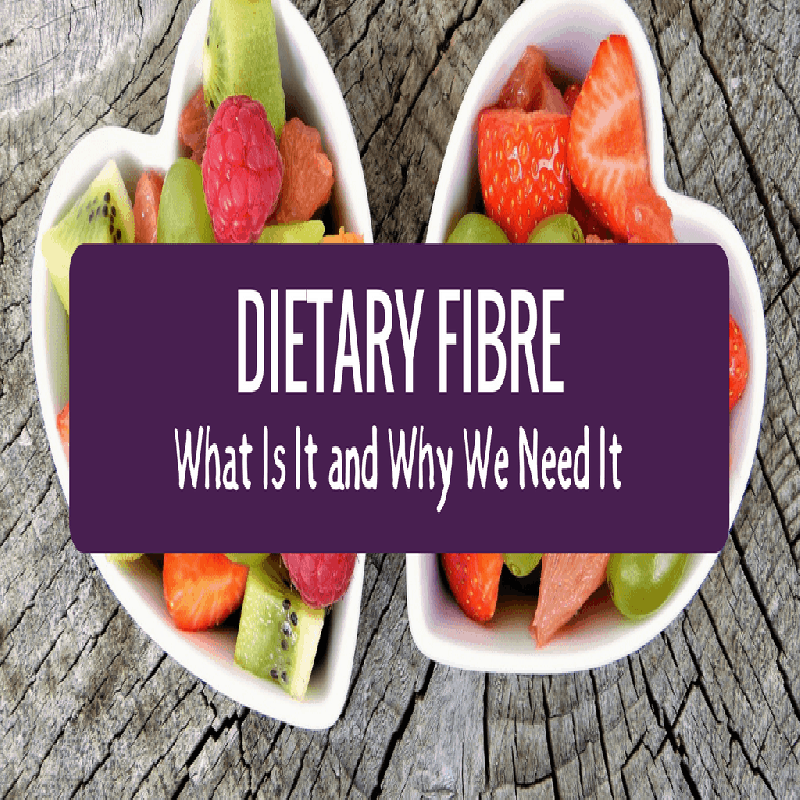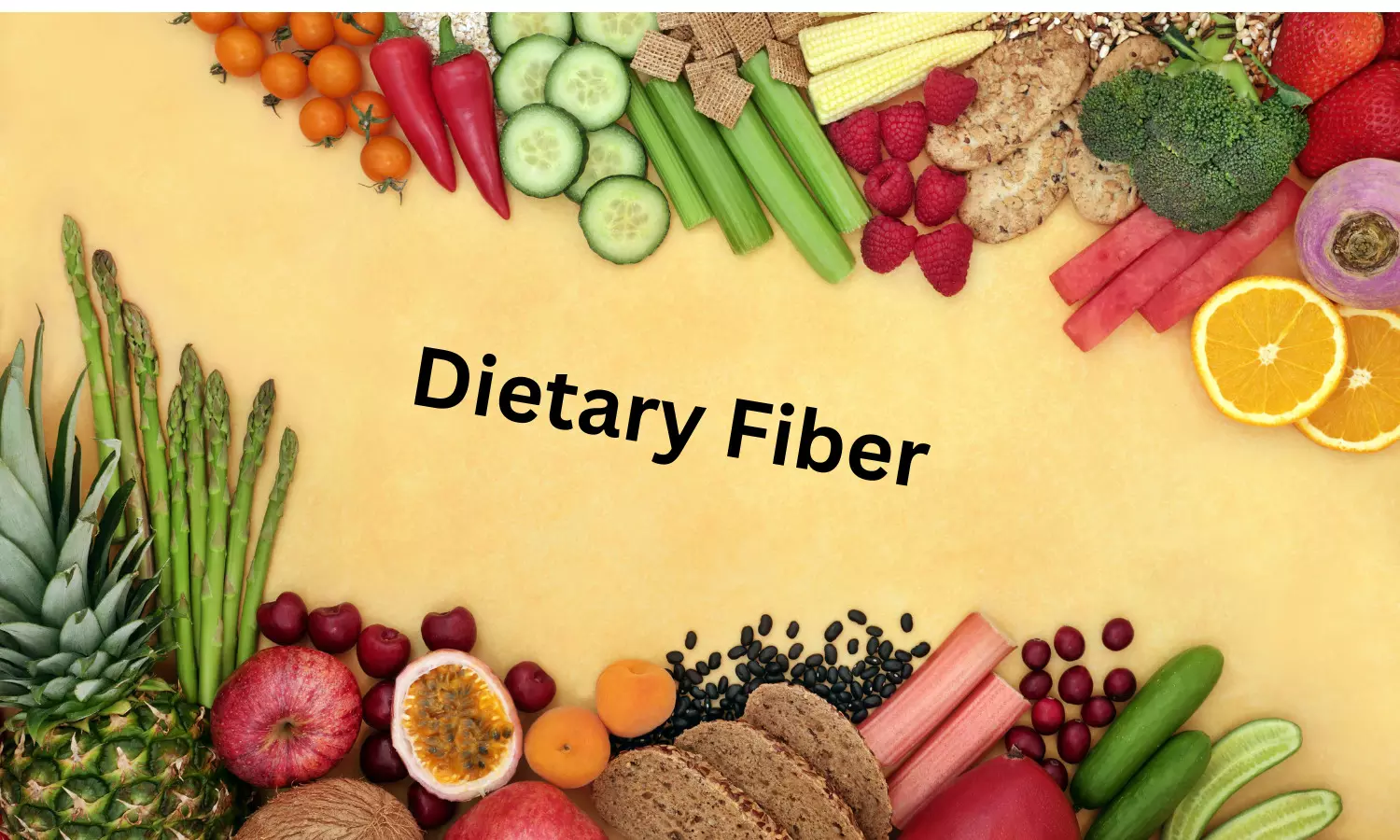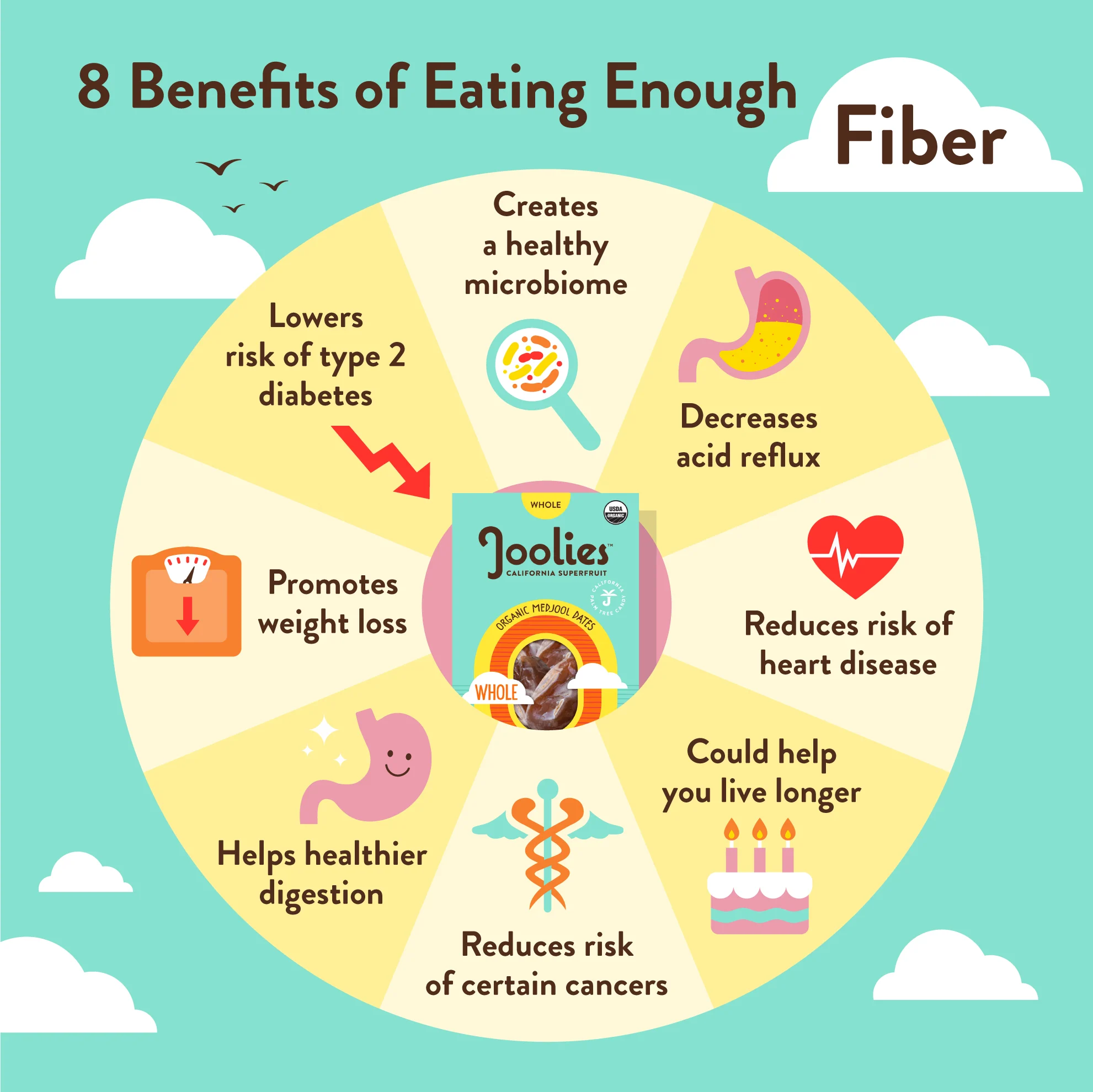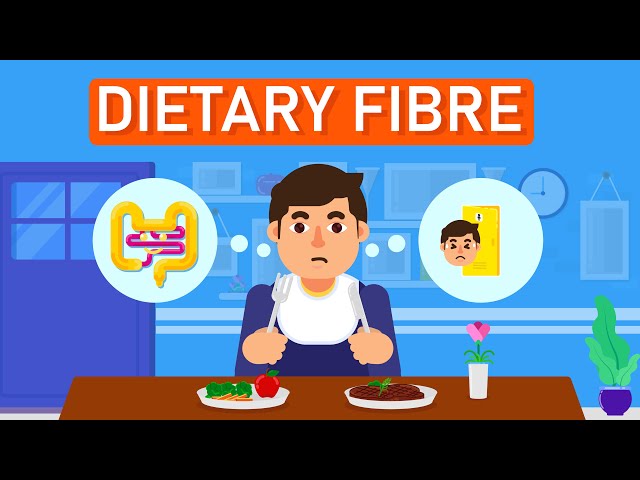
You must have heard that your food should be rich in fibre, but why fibre? What are its benefits? And which foods are high in fibre?
Read to find out.
The benefits of Dietary Fibre (DF) in our daily diet are undeniable. For a long time, our staple food and cereals consisted of fruits and vegetables in different forms and varying amounts. Consuming fibre regularly helps to mitigate the risk of various chronic diseases, including cardiovascular diseases, type 2 diabetes mellitus, obesity, hypertension, etc., which are collectively called Metabolic Syndromes (MetS).

Dietary and lifestyle modifications are the most promising and economically efficient approaches to reducing the risk of MetS. Dietary fibre is the edible part of a plant that is resistant to digestion and absorption in the small intestine and undergoes partial or complete fermentation in the colon, producing certain compounds that help proliferate the intestinal flora, thus maintaining gut health.
How does Dietary Fiber Work in our Body?

High-fibre foods are more filling than low-fibre foods, so you're likely to eat less and stay satisfied longer. Also, high-fiber foods tend to take longer to eat and are likely to be less "energy-dense," i.e., they have fewer calories for the same volume of food. Dietary fibre slows down the absorption of sugars and fats from foods, thereby reducing blood sugar spikes after meals. They provide nourishment for the gut microbiota and are thus called prebiotics. DF is essential for normal body detoxification.
Delights of Dietary Fiber
Increasing total dietary fibre intake has been shown to reduce body fat, improve glycemic response, control hypertension, and lower triglycerides and LDL—what is popularly known as bad cholesterol. Bad cholesterol causes energy dilution, a reduction in nutrient absorption, and appetite suppression. The advantages of dietary fibre are due to its solubility, fermentability, and structure; e.g., soluble fibre shows a high viscosity compared to insoluble fibre.
Its cholesterol-lowering effect is due to a reduction in the rise in blood sugar levels post-meals and fermentation products of soluble fibres. Insoluble fibres attract more water, adding bulk to the stools, which helps maintain normal bowel function. The main physiologic effects of DF are primarily on gastric emptying and the transit time of food through the small intestine.

What to Eat and What to Avoid
Sources of dietary fibres are vegetables, including all green leafy vegetables like kale, spinach, lettuces, etc.; certain tubers; fruits; whole grains like quinoa, brown rice, and whole wheat; legumes like peas, lentils, beans, oats, and flaxseeds. Refined or processed foods—such as canned fruits and vegetables, pulp-free juices, white bread and kinds of pasta, and non-whole-grain cereals—are lower in fibre content. The refining process removes the outer coat (bran) from the grain, which lowers its fibre content.
Warning
Overconsumption of dietary fibre could result in gas, bloating, and abdominal cramping. Consuming optimum amounts is beneficial.


.png)


